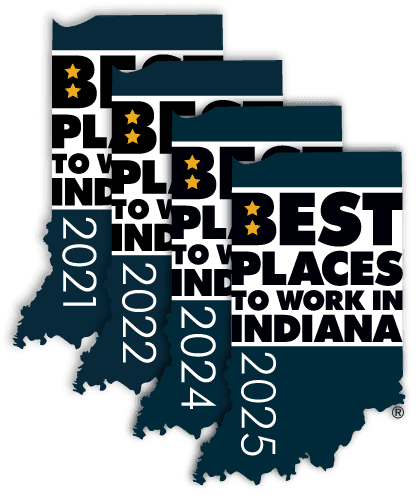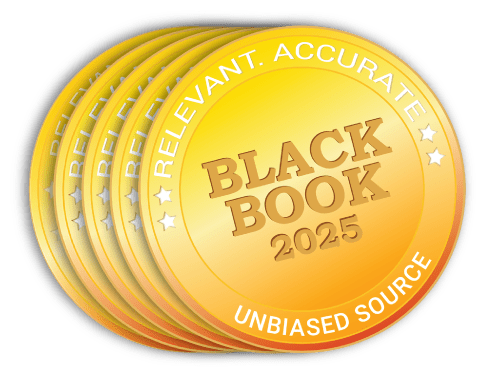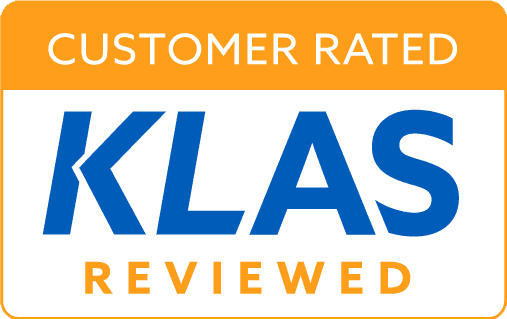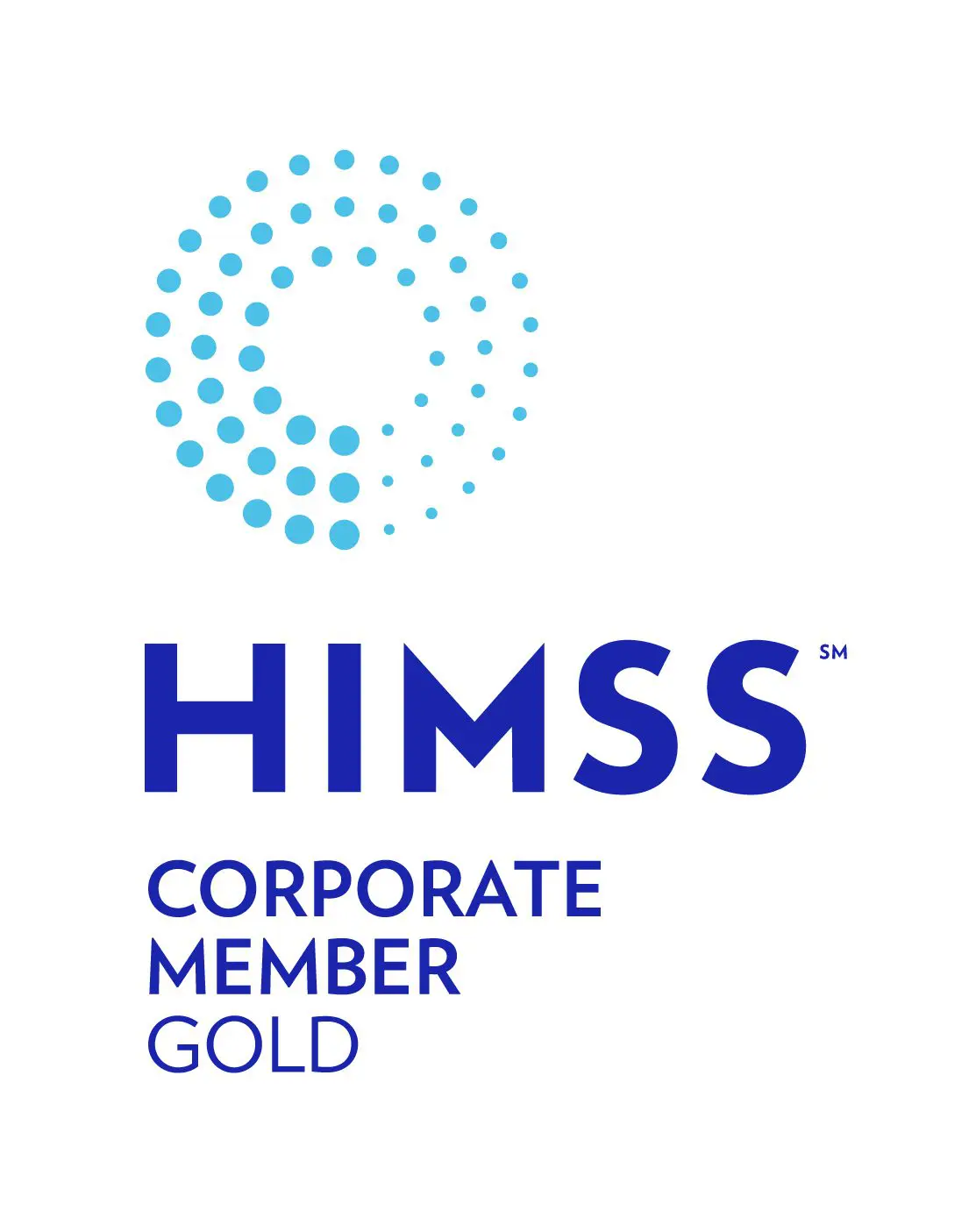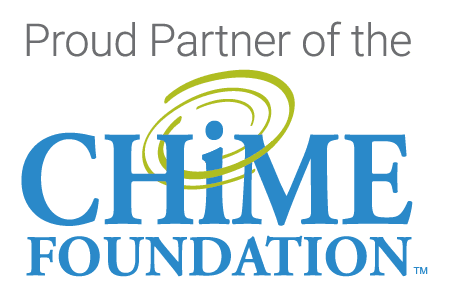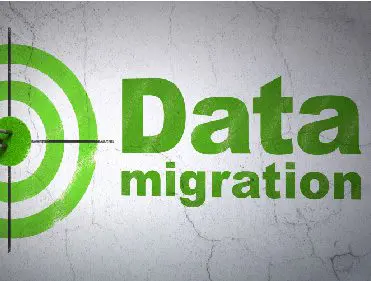
To migrate or not to migrate clinical data . . . THAT is a commonly asked question. Surely, at some level, healthcare data migration is a part of an electronic health record (EHR) replacement strategy. However, as the cost and complexity rises with each discrete element included, data governance teams determine which patient information to migrate versus store separately in an archive.
Migrating to a “new” or “existing” EHR
Healthcare data migration from one EHR to a brand new “empty” EHR has its challenges, but, migrating data into an existing EHR (i.e., in the case of a hospital or practice getting acquired and merging with a new facility into its current EHR) notches us up on the challenge scale. In the second scenario, the patient could already exist and have data in the go-forward EHR. So, it becomes not only a matter of moving the data over and getting it in the right place, but, also reconciling items like medication lists and allergies, comparing legacy EMR values to go-forward EMR values. The task is further complicated by the fact that medications, for example, can be referenced by brand names or generic names, making a match that much more difficult. In these cases, it generally requires a person to look at each list and decide what should be moved and added. That level of manual involvement is almost always too expensive and time consuming.
Six Healthcare Data Migration Considerations when Replacing an EHR
In our work with hundreds of acute and ambulatory healthcare organizations, we’ve identified six health data migration considerations when replacing one EHR with another.
1. Filtering Patient Records. This is a method for filtering out certain patients to exclude from migration. For example, you may not want to migrate patients who are deceased or inactive. Is there a deceased patient flag in the system? If so, can it be trusted? If the plan is to move recent patients only, then what criterion will be used to filter those patients? Will you use last appointment date, encounter date or charge date? It is important to validate the integrity of your healthcare data prior to migration.
2. Starting with a Clean Slate. Demographics are, of course, a must-migrate. Beyond that, the ability or cost to logically map detailed collections of data from one system to another can become a limiting factor. For example, it is sometimes difficult to neatly convert insurance plan identifiers between two databases. So, while it may entail a lot of manual entry, many providers use the new EHR system implementation as a trigger point to re-collect insurance information from patients at check-in and start fresh entering it manually into the new EHR.
3. Matching Patients. If you are migrating health data to a system that is already in use (as opposed to a brand new system that is not yet in use) and there is not a common identifier between the current EHR and the go-forward EHR, a patient matching event should certainly occur. First, clean-up duplicate patient accounts on the current system. Next, determine which fields to use for matching logic. Common fields to match off of include: First Name, Last Name, Middle Name/Initial, DOB and SSN. You can take it one step further by also matching on street address.
Where do you set the bar for a patient match? Think about how many fields need to matchup to be considered a true match: 5 out of 5? 4 out of 5? Perhaps you will schedule a manual review at 3 out of 5 and 4 out of 5? You also need to decide if anything less than 2 out of 5 matches are automatically marked as a fail.
For patients who do not have a match in the go-forward system, should a new master patient identifier (MPI) be assigned? If the MPI is sent over empty, will the go-forward system create the MPI on the fly? Determine if an MPI should be assigned prior to that patient being migrated to the go-forward system and set a standard to follow when generating that MPI:
- How many digits should it be?
- What schema will it follow? (i.e., 10xxxx or ABCxxx)
- Most importantly, will that new MPI play nicely with identifiers in systems interfaced with the go-forward system? For example, when migrating data from CPSI to Cerner, let’s say that MRNs for unmatched patients were auto-generated with no standards. If that were the case then once the site was live on Cerner, it stands to reason that they could realize some of the identifiers used were MRNs in their PACS system that was interfaced with Cerner. That could entail data from a patient in Cerner being sent over to a different patient MRN in the PACS system. This is why pre-planning is critical.
4. Timing it Out. How long will it take for the final data pull to be done and pushed into the new system? The answer requires some decision making and some math. Determine if you will utilize a differential or do dual entry. Depending on data content and size, estimate the time it will take (typically 1-2 weeks). Planning ahead and allow ample time for the healthcare data migration can avoid some headaches for the rest of the EHR implementation.
5. Cross-walking Data Elements. Determine if a crosswalk is needed before you start the health data migration. They can become complex, so, think about how your use of LOINC, SNOMED, or RXNorm codes in the current system will parlay into the go-forward EHR. Does the new system use these codes as well? Or, if these codes were not used in the current system but are used in the go-forward EHR, what will the exercise be to match these up? This also is the time to consider the handling of provider codes, facility codes, pay codes, fee schedules, insurance providers, insurance plans, etc.
6. Securing Resources. If yours is like most organizations, often the IT staff is extremely busy building, planning for and training in the new system and you don’t have resources available to assist on items pertaining to the healthcare data migration. Three areas that require time and attention include: data validation in the test environment, manual clean-up on patient matching and building out the crosswalks. Don’t skimp in these areas. If internal resources aren’t available, make sure as trusted healthcare data migration vendor can provide these critical services.
Are you in the midst of an EHR system replacement that requires data extraction, migration or retention planning? Contact Harmony Healthcare IT, the Makers of HealthData Archiver® and we’ll set up a quick call to help you develop the best plan for your legacy data.

